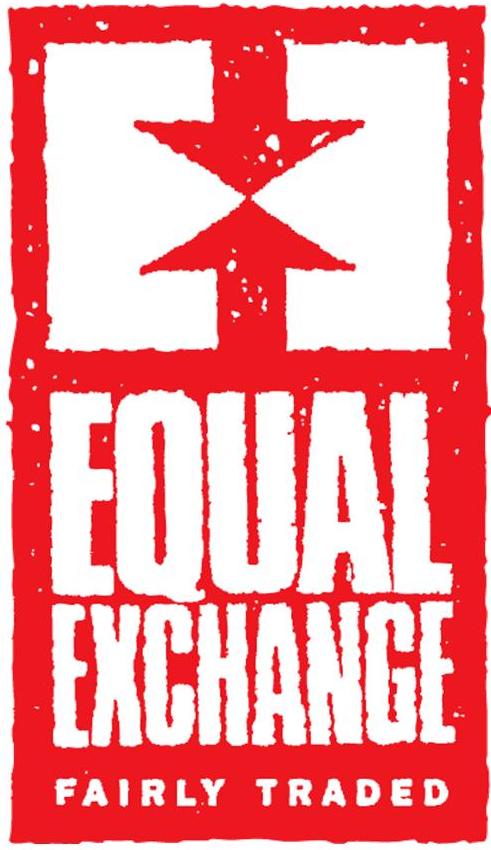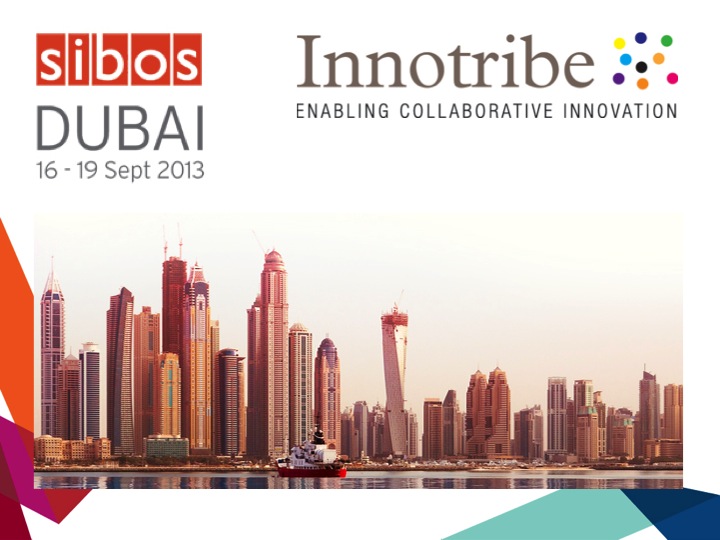The long-discussed and reviewed merger of American Airlines and USAir has finally gone through. It is the latest in a series of bankruptcies and mergers that have turned twelve airlines into four .
Mergers have a very bad record in general because more often than not, they fail to deliver achieve expected benefits. Airline mergers have an even tougher time because the industry struggles to make a profit. So there should be interest in using information that would improve the chance of the success of mergers and acquisitions. But there’s enormous momentum in our financial and accounting systems even though they miss a lot of the story in today’s businesses.
The Accounting for the American transaction hasn’t been disclosed yet (although here’s a long but interesting discussion of how the accounting might look) but there eventually will be a consolidated balance sheet of the combined entities.
Of course, the GAAP balance sheet won’t include many of the most important assets of the two organizations. Things like:
- Human Capital – Unionized workers, unionized pilots, training systems, core competencies
- Structural Capital – Systems to support reservations, route management, maintenance. Rights for routes and landing slots in airports.
- Relationship Capital – Customer relationships. Relationships with suppliers and regulators. Brands and reputations.
- Strategic Capital – Business models, culture and external market opportunities.
What if there were a consolidating and consolidated inventory of these “intangible” aspects of the two organizations? It would tell us a lot more about the prospects for success of the transaction than any of the raw numbers would.
Even better, what if there were an objective evaluation of the relative strength of each of these assets in the two organizations as a guide to how the consolidation should be handled? It would provide greater transparency among management, employees, customers, partners and regulators. And, based on our experience, lead to better decisions and, who knows, maybe even a profit for the combined airlines!
If you look at the reporting about this deal, most of it is about the intangible capital of the two airlines. However, since there is no ICounting available, the best we get is isolated pieces of a jigsaw puzzle. Here’s hoping that businesses catch on and start pulling the full puzzle together before the deal closes…

